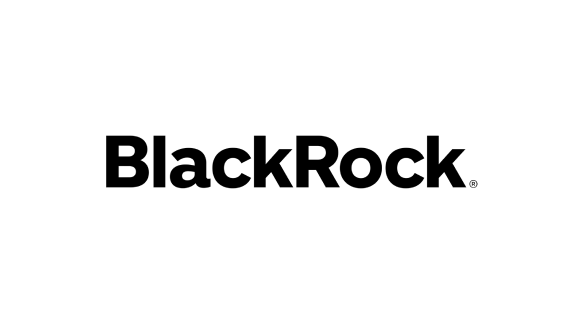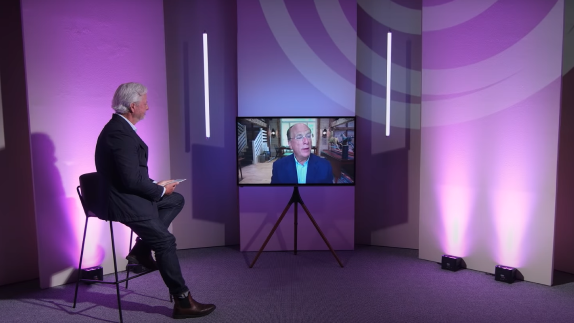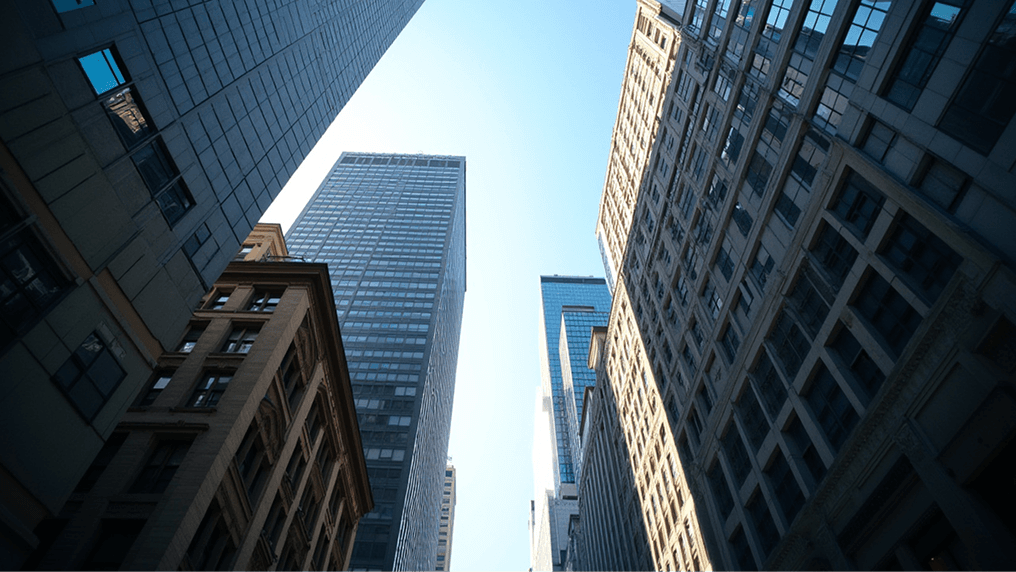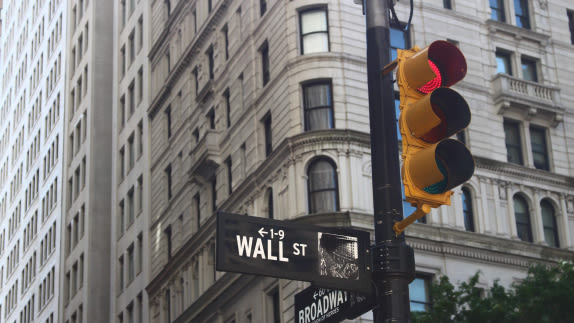
BlackRock is the world’s largest asset manager investing on behalf of clients – ranging from pension funds and sovereign wealth funds to family offices and individuals – in assets such as shares of publicly-listed companies, corporate and sovereign bonds, and real assets, such as infrastructure and housing.
The concept of circular economy is so important, as I said, it’s a foundational blueprint and if we could get more and more of the money owners to agree that this is a good way to invest, not just for social reasons, not just for environmental reasons, but for investment reasons, performance reasons.
Larry Fink, CEO & Chairman, BlackRock
Viewing the circular economy through a financial sector lens
The circular economycircular economyA systems solution framework that tackles global challenges like climate change, biodiversity loss, waste, and pollution. It is based on three principles, driven by design: eliminate waste and pollution, circulate products and materials (at their highest value), and regenerate nature. is increasingly seen by businesses, thought-leaders, and policymakers as a way of delivering long term growth to investors while helping address climate change and other global challenges.
Many of the world’s largest companies are adopting circular economy principles and new ‘circular-native’ innovators are appearing all the time. Spanning almost all industrial sectors, circular economy activity is growing as a way to generate new revenues, reduce costs, and spur innovation. This trend is reinforced by shifts in the regulatory landscape and changing customer preferences.
In parallel, the finance sector is responding to growing demands for ‘sustainable’ investment strategies. Environmental, social, and governance (ESG) issues, such as climate change, biodiversity loss, waste and pollution are now key topics for asset managers, banks, and other financial services firms.
The past two years have seen a steep increase in the creation of debt and equity instruments related to the circular economy. For example, by the end of June 2021 there were 13 public equity funds focused on the circular economy, with a combined USD 8 billion assets under management, and since 2019, over 35 corporate and sovereign bonds have been issued to help finance circular economy activity.
Next to being a crucial part of the solution to tackle climate change and other ESG issues, new evidence has found that the circular economy can be used as an investment portfolio de-risking strategy by investors and financial institutions, and as a way to drive better risk-adjusted performance.
How has BlackRock engaged with the circular economy?
In October 2019, BlackRock launched a circular economy public equity fund.
The simplicity of understanding what the circular economy means, everybody can relate to that. We launched this fund, we're right nearly at a billion dollars in scale now (September 2020) and we’re just beginning. We’re looking at this as one of our foundational products to really, really excite more and more investors.
Larry Fink, CEO & Chairman, BlackRock
The fund aims to drive investments in publicly listed companies already contributing to, or benefiting from, the transition to a circular economy. Examples include Adidas, which has committed to 100% recycled polyester in its trainers by 2024, and Tomra, which provides ‘reverse vending infrastructure’ for the recycling industry.
Through this fund, BlackRock has sent a strong signal to other investors and companies that the transition to a circular economy is happening, and investing in the circular economy not only contributes to a more resilient and regenerative society, but offers the opportunity to generate better financial and competitive returns.
Investors are responding to the opportunity. BlackRock’s circular economy fund raised almost USD 1 billion in its first year, from just USD 20 million seed funding in October 2019. As of July 2021, BlackRock’s circular economy fund has grown to more than USD 2 billion assets under management.






